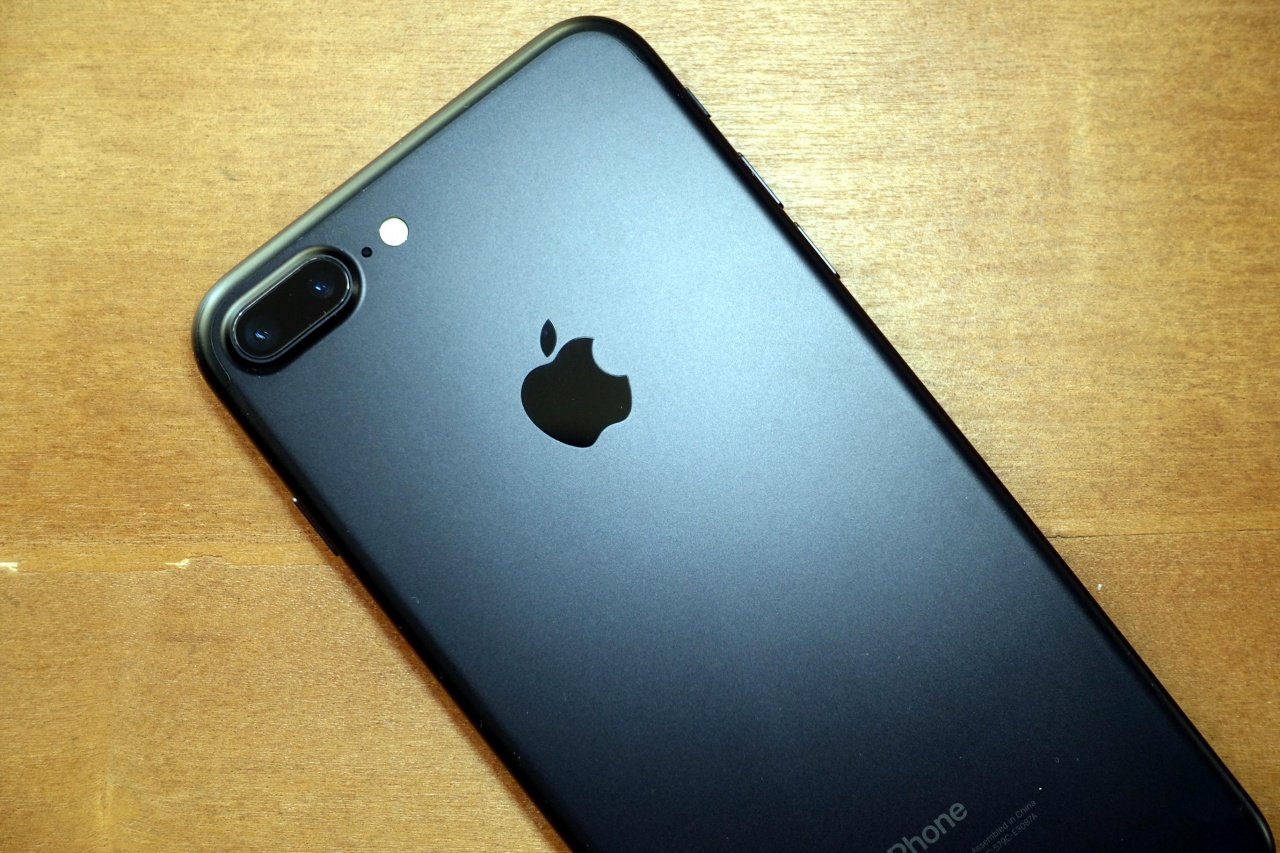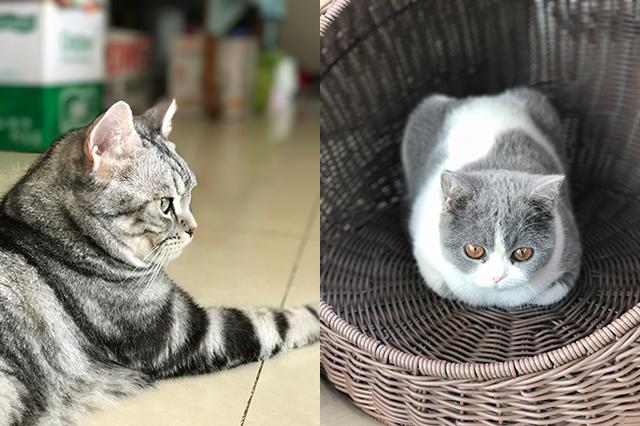iPhone 7 Plus finally full effect of the background blur

Tencent Digital (Dude) released the official version of iOS 10.1 in the early hours of this morning. For iPhone 7 Plus users, it can be considered a “Shiquan Dabu Pillâ€, because this version of the update added Cook to show at the conference. With its "background blurring" function, Apple is the first time to "prepay" a heavyweight feature through software upgrades. For iPhone 7 Plus users, the meaning of buying this phone lies in Can take advantage of dual cameras to take photos of the United States and the United States to blur the background, it is estimated that after the upgrade, the show circle in the circle of friends will reach the level of brushing screen, it is simply to end monogamous monocular camera.
The realization of the flagship mobile phone in the mainstream manufacturers, many are equipped with dual cameras, such as Apple's use of two focal length is not the same as the "long and short focal" combination, but the problem is that for the iPhone 7 Plus's photos can be different What's the effect?
According to physical characteristics, the iPhone 7 Plus telephoto lens has an equivalent focal length of 56mm, and uses f2.8 aperture, so that a lens, compared with the 28mm wide-angle end, naturally has a certain degree of background blur, f2. Although the aperture is not as large as the f1.8 lens of the wide-angle lens, but if it is placed on the SLR lens, it is definitely a large aperture level, so such a lens, even if you do not open the "Portrait" function, it can achieve better The effect of background blurring is that you only need to manually zoom to the 2X state when shooting, and you must intentionally separate the foreground from the background in order to get a photo with blurred background, that is, you need a little shooting skills.

This upgrade of the "Portrait" function makes it all more "fools". Just enter this mode and the 2X telephoto mode is automatically turned on. If your distance is not ideal, the phone will prompt you "move a little further" or "place the subject within 2.5 meters." In terms of user experience, Apple still has always had a good ability.
I carefully analyzed the photos taken using the “portrait†model. The characters are clear and the edges are also sharp. If you use a treatment similar to “Gaussian blurâ€, the edges will be “eatenâ€. , and Apple's algorithm applies PS term is "edge map is very accurate." The most pleasing is the level of background blurring. It is not obscure enough to make you look at everything, but it is also soft enough to make you feel good to bring out the subject and express the atmosphere. As for the photos taken by the mobile phone, if you rely solely on the quality of the lens, it is very difficult to achieve this effect. Therefore, Apple's ISP algorithm is powerful here.

In the same scene, you can use the SLR to compare with the iPhone 7 Plus. If the SLR lens quality is a little better, and the focal length is longer, it can take photos of background blur, but you need to control the SLR's aperture is not too small At the same time, it is also necessary to ensure that the focus of the subject is clear, so that you can get a photo that is ideally out of focus, that is, the “Portrait†function of the iPhone 7 Plus has reached the “quasi-SLR†level and even operates. It's even easier. Why do you say "quasi-SLR" level, because for some users who are pursuing, the effects of focus blurring have reached a demanding level. They are pursuing the "secondary focus out of focus", which is extremely test for the lens aperture shape. The imaging concept is difficult to simulate with an algorithm.
Back to the iPhone 7 Plus ISP algorithm, in fact, in the previous 1X, 2X switch, it shows the ability of its algorithm, the original action of switching between the two lenses, under the role of the algorithm, you completely feel no It is the cooperation of the two lenses. When you drag the zoom ring, it looks like a lens is running, and the color difference and resolving power of the two lenses are also controlled to be almost exactly the same, so you can see that they are two different lenses. Shoot out the photos, so iPhone 7 Plus's algorithm can give full marks.
I also experimented with photographs other than portraits taken with the iPhone 7 Plus. In fact, they can all get background blur effects. What's more interesting is that if you take a “gradual†photo with depth of field, you will find that you start from the subject. The background is gradually blurred, but the transition of this blur is very fast. It is not gradually progressive blur, but it is almost a step away from the subject and the blur effect is difficult to separate from the background. This illustrates the iPhone 7 Plus. The ISP algorithm is very good for separating the subject and the background, but the scenes between the subject and the background have not yet been fully transitioned. This may be a place that needs further optimization and is also a difficult point for mobile phone photography.